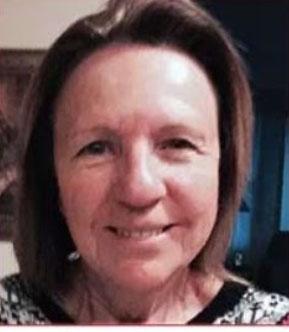
Carolyn Doan
Carolyn Doan received her ASCP registration in 1969 after completing classes at Georgia State University and St Joseph school of Histotechnology in Atlanta, Georgia. For 40 years she shared her passion for histology in research (at Yerkes Primate Research Center), in the clinical world (managing the Pathology Department at Florida Hospital in Orlando and serving on the board of the Florida State Licensure Task Force and as president of the Florida State Society for Histotechnology), and in industry (as a Sales executive, Marketing Manager and North American staining sales specialist). Since her retirement in 2013, she founded Creative Histology Consulting.
Published Pieces by Carolyn Doan
Special Stains – Which One, Why and How? Part III: Microorganisms – Bacteria and Fungi
Microorganisms are living organisms which include bacteria, fungi, protozoa and viruses. Bacteria, fungi and protozoa can be identified and classified with histochemical procedures and viruses are generally identified with immunohistochemical procedures.
Special Stains – Which One, How and Why? Part II: Connective Tissue
Special stains" are processes that generally employ a dye or chemical that has an affinity for the particular tissue component that is to be demonstrated. This article includes the processes and protocols necessary to demonstrate connective tissue.
Special Stains – Which One, Why and How? Part I: Mucins and Glycogen
Mucins are a part of a complex group called carbohydrates. Mucins are mucopolysaccharides; they are important in cell growth as they help regulate the flow of nutrients between capillaries and cells and are known as “The Glue of Life”.
The H&E Stain – A Lesson on Consistency and Reproducibility
Producing an H&E stained slide is a process. It starts way before the slide is loaded on a stainer or moved down through containers by hand. Producing quality, consistent and reproducible H&E stained slides is a process as well as a lesson in...